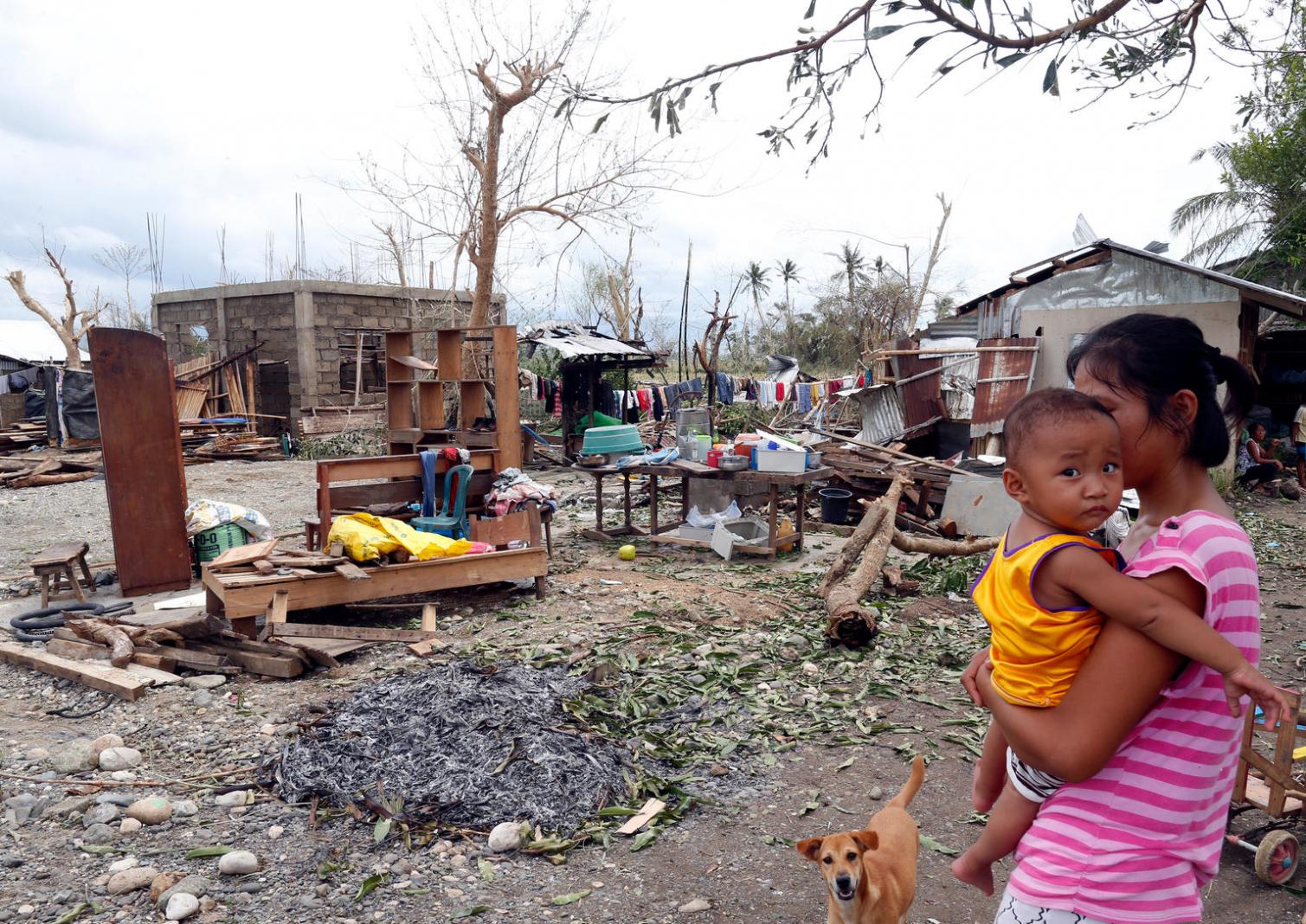main content start
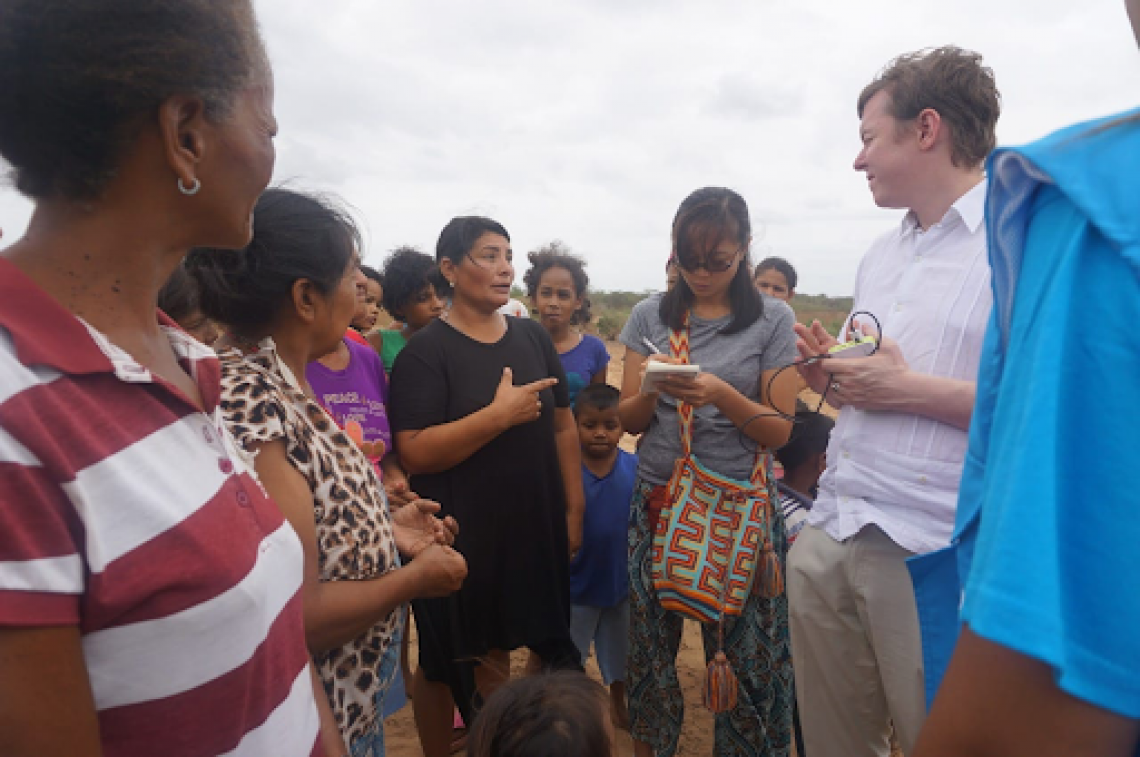
Being part of the Unicef Innovation Fund has created a strong commitment to Open Source in our company
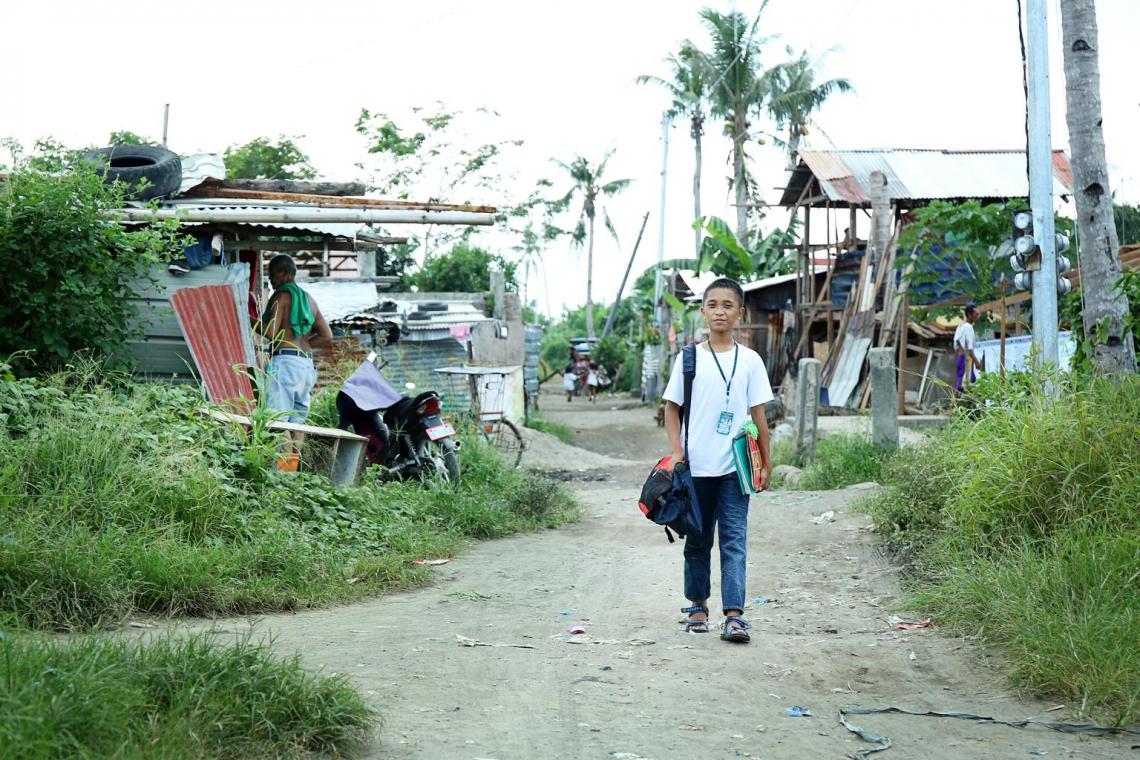
Our goal by 2020 is to have a fully fledged geospatial data product validated and scaling
Related Stories
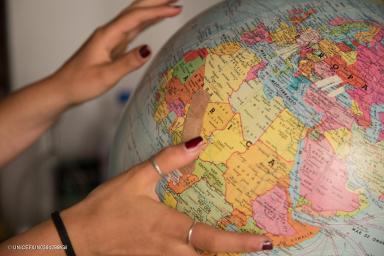
Portfolio News
AGUA: Revolutionizing Global Collaboration for Funding Transparency (with Growth Graduate Atix Labs)
Mar 04 , 2024
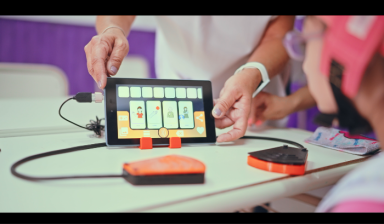
Portfolio News
Sep 26 , 2023
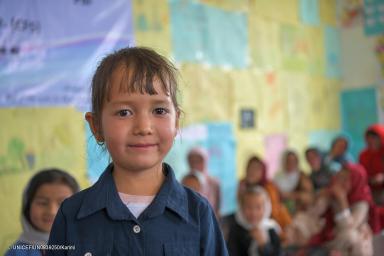
Portfolio News
Sep 26 , 2023
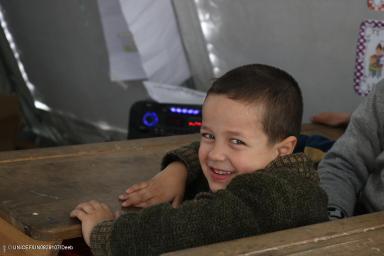
Portfolio News
Sep 25 , 2023
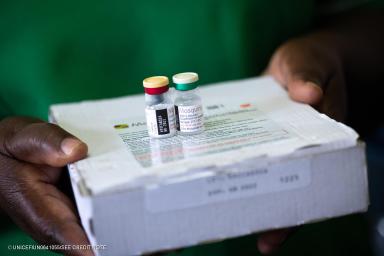
Portfolio News
Sep 25 , 2023
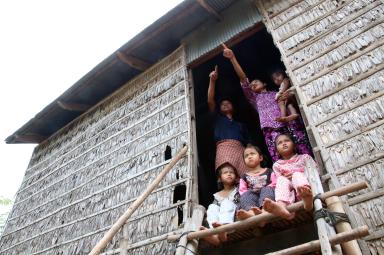
Portfolio News
Sep 25 , 2023
